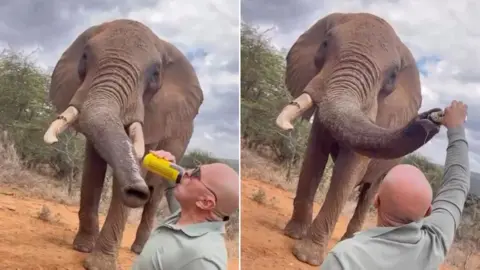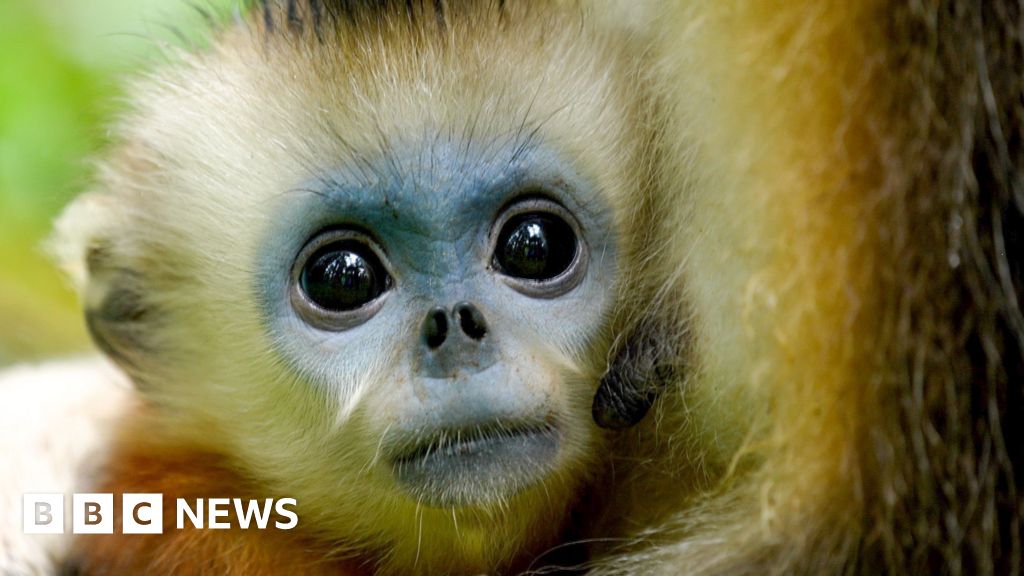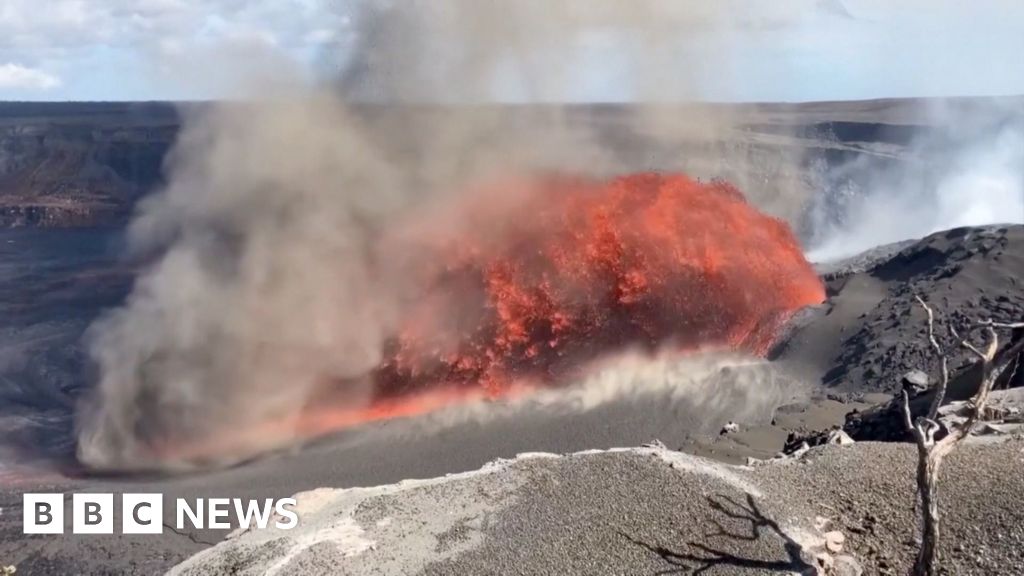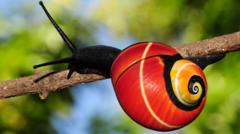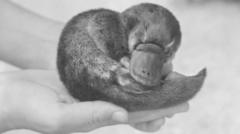The reintroduction team, comprised of nonprofit organizations, state agencies, and federal partners, is optimistic that if the crows can thrive on Maui, it will set the stage for their eventual return home. “They are shouldering all of the hopes of their species,” commented Alison Greggor, an ecologist from the San Diego Zoo Wildlife Alliance who is leading the initiative.
Past attempts to instill a natural fear of hawks among these birds included audio simulations of hawk calls and the use of taxidermied hawks to prepare them for danger. Despite initial successes, many of the released birds succumbed to predation or failed to adapt to the wild. Shifting the release site to Maui holds potential for future success, providing a crucial opportunity in a race against extinction for the ʻalalā.
With every step taken in this project, scientists and conservationists hope not just for survival, but for the reclamation of the species' rightful place in Hawaii's unique ecosystems. As these young crows take their first steps into freedom, the world watches with bated breath, eager to see if this new strategy will resonate through the forests of Maui and beyond.
Past attempts to instill a natural fear of hawks among these birds included audio simulations of hawk calls and the use of taxidermied hawks to prepare them for danger. Despite initial successes, many of the released birds succumbed to predation or failed to adapt to the wild. Shifting the release site to Maui holds potential for future success, providing a crucial opportunity in a race against extinction for the ʻalalā.
With every step taken in this project, scientists and conservationists hope not just for survival, but for the reclamation of the species' rightful place in Hawaii's unique ecosystems. As these young crows take their first steps into freedom, the world watches with bated breath, eager to see if this new strategy will resonate through the forests of Maui and beyond.








